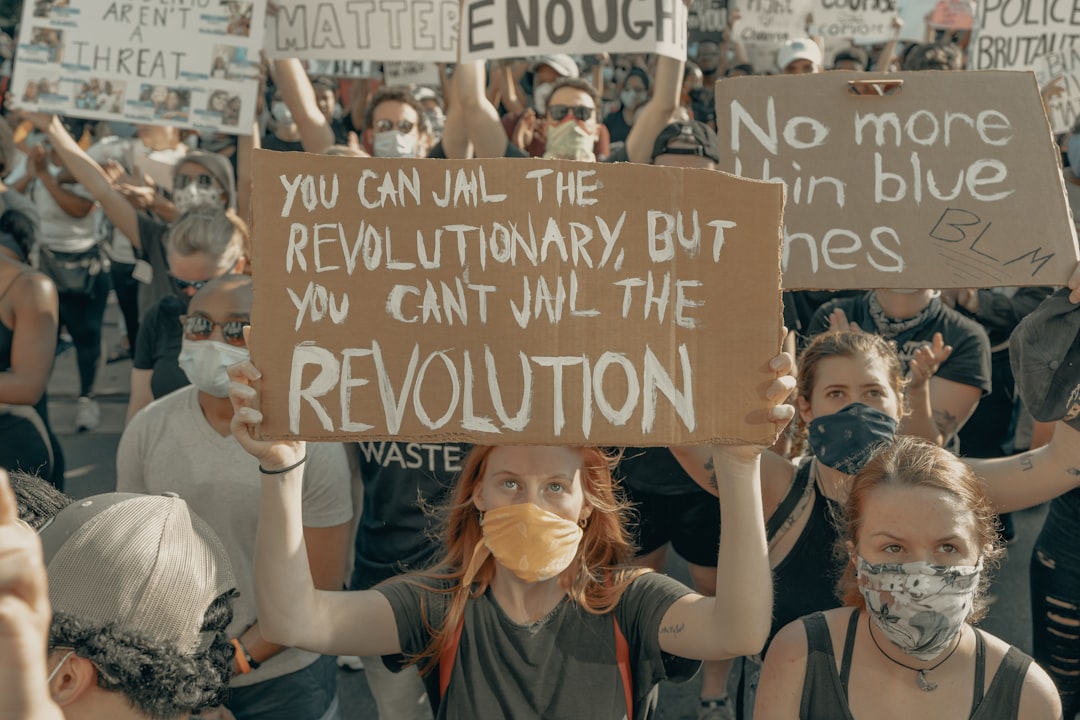What is it about?
Mass media often show images of migrants or asylum seekers shedding tears. People usually want to help those who cry, but are they more willing to help immigrants when seeing these tearful images? Our research shows that people perceived immigrants as friendlier, feel more empathy, and are more willing to offer support and make a donation to an NGO when being shown images of migrants shedding tears.
Featured Image

Photo by Thought Catalog on Unsplash
Why is it important?
People may be in general less motivated to care about and thus help members of other groups, such as immigrants. Our findings highlight the importance of emotional content, such as the presence of tears, in the images of immigrants used in mass media or social campaigns for promoting empathy and solidarity with them.
Perspectives
This research is (for me) a starting point in understanding how the exposure to audiovisual, emotional contents influences the way we view and react towards members of ethnic and other social minorities. I hope that our research will make the readers reflect on how media may choose to represent members of certain minority groups as expressing some specific emotions (whereas other minority groups as expressing other types of emotions) and that these representations translate into specific societal responses.
Magdalena Bobowik
Universiteit Utrecht
Read the Original
This page is a summary of: When they cry: Tears facilitate responses toward members of socially disadvantaged groups., Emotion, April 2022, American Psychological Association (APA),
DOI: 10.1037/emo0001085.
You can read the full text:
Contributors
The following have contributed to this page










